Doña Mencía in the Parque Natural de las Sierras Subbéticas Geopark in Cordoba province, Andalucia is a town few people living outside the area have heard of.
By Nick Nutter | Updated 25 Aug 2022 | Córdoba | Villages |
Login to add to YOUR Favourites or Read Later
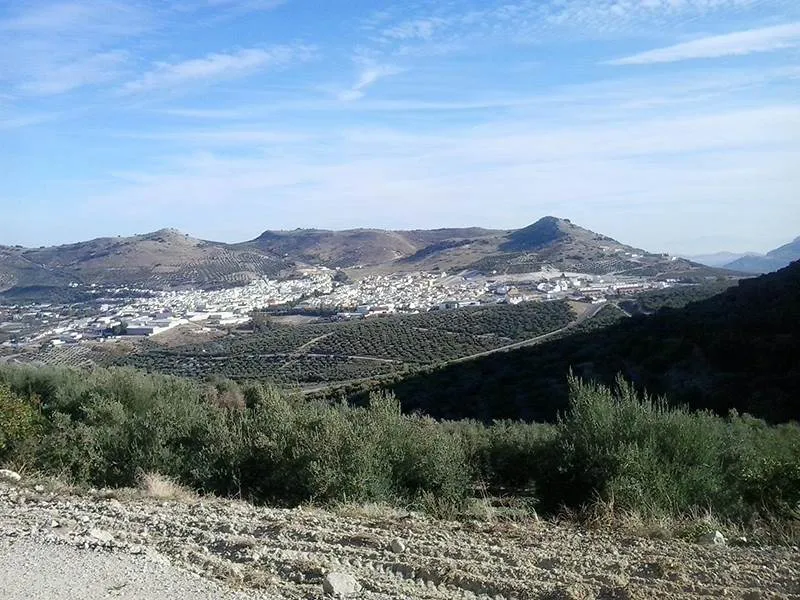
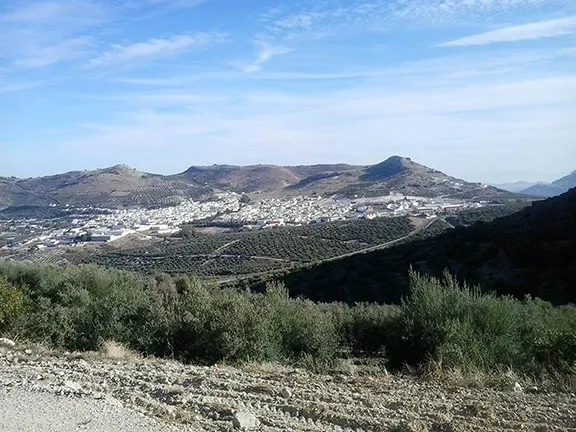
Dona Mencia
Doña Mencía, on the northern edge of the Parque Natural de las Sierras Subbéticas in Córdoba province, is a town that few living outside the area have heard of much less visited. That is a pity, apart from being a pretty town it has a rich heritage with no less than four notable archaeological sites within its borders.
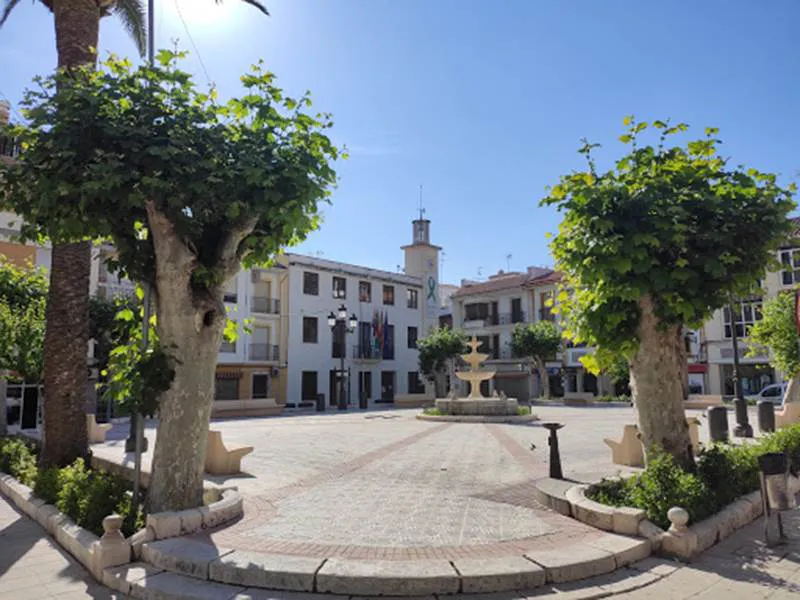
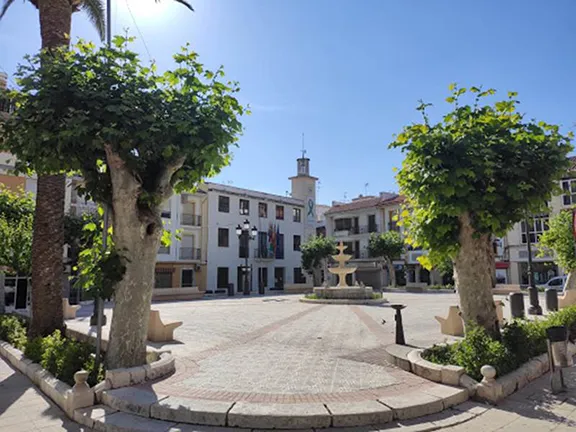
Ayuntamiento
But first the town. The area has been inhabited since prehistoric times but, traditionally, the town of Doña Mencía is named after the wife of Alvar Perez de Castro who was called Dona Mencia Lopez de Haro. Castro had helped Ferdinand III conquer Córdoba in the early 13th century and was rewarded with vast tracts of land. In 1415, John I awarded the land to Diego Fernandez de Cordoba who is said to be the founder of the town itself.
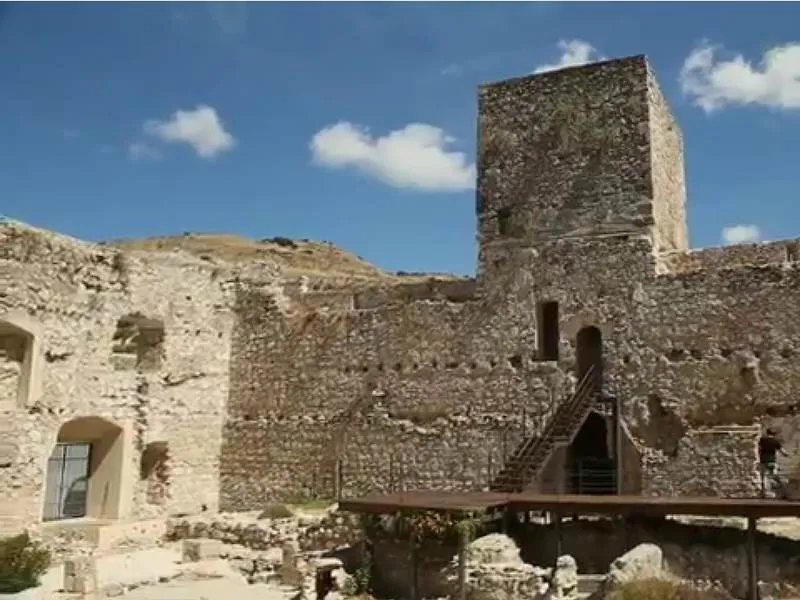
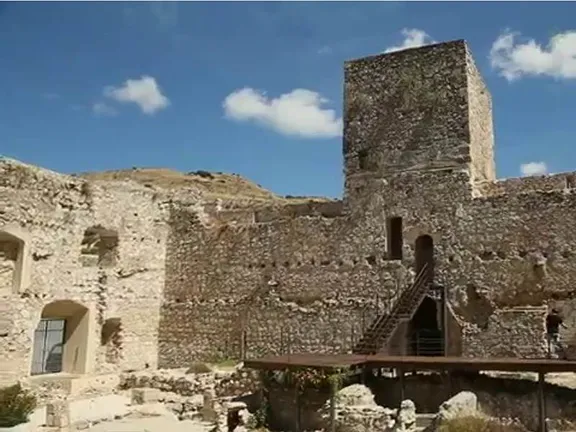
Dona Mencia Castle
It was Diego Fernandez de Cordoba that built the castle that sits on a low hill overlooking the town. The present-day castle is almost certainly built on the foundations of a Roman fortification and a 13th century watchtower built by the knights of the Order of Calatrava. The 15th century building was designed to provide a barracks for troops. In the 16th century the castle was remodelled and become a warehouse, barn and mill. Alongside the castle is the Posito Municipal. Built during the remodelling phase in the 16th century, it was a barley and wheat storehouse. It is now an exhibition hall for the Muestra de Arte Contemporáneo de Mencia (Contemporary Art Exhibition).
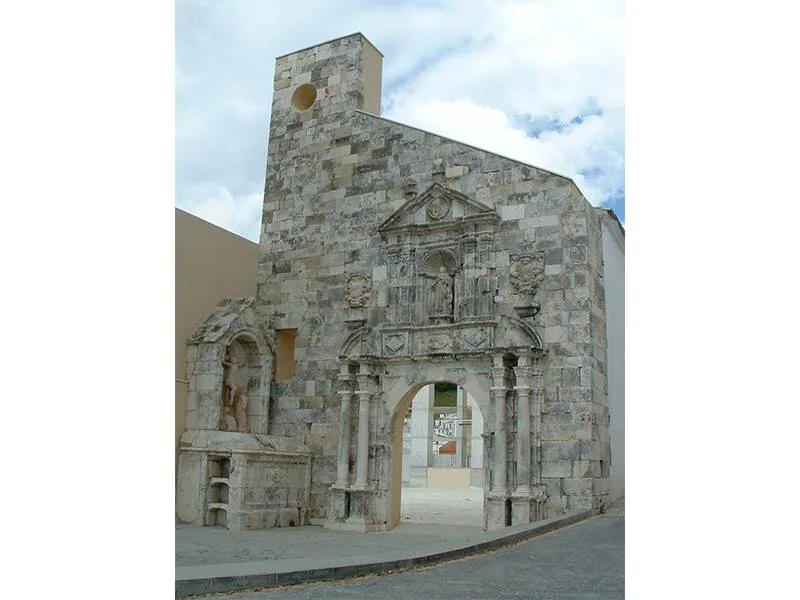
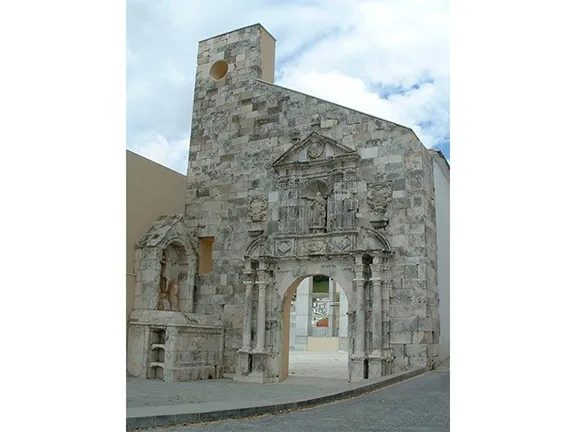
Iglesia Vieja
On the other side of the castle is the Iglesia Vieja. Originally constructed in 1420 and extended during the 18th century, it was destroyed by fire in 1932. The site was cleared and in the year 2000, became an open-air auditorium for the town.
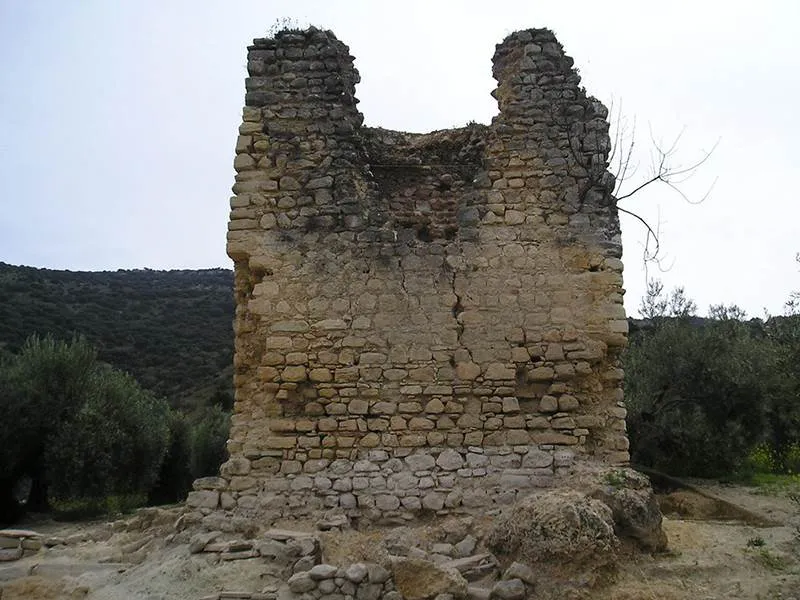
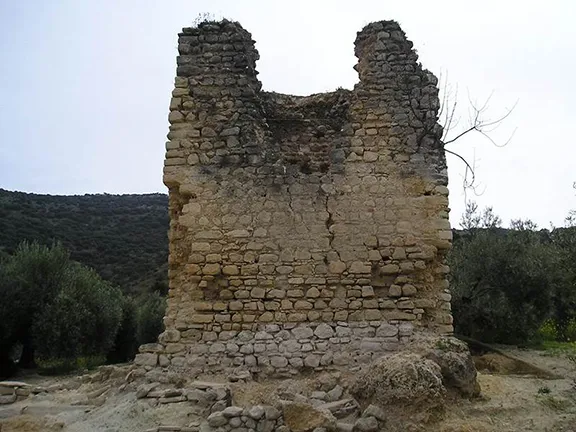
Torre de la Plata
Running northeast from the castle is the oldest street in town, Calle Llana. At the top of the street, projecting from the castle walls, is the Tower de Homage. Traditionally, all the town mayors have lived on this street. The oldest part of Doña Mencía is in the compact space, on the hill, to the south of the castle. Here you will find the Museo Histórico de Doña Mencía.
The museum is one of the oldest of its type in Andalucia. It presents exhibits from more than 300 archaeological sites in the province and covers the long period from the Palaeolithic to the Middle Ages.
As mentioned above, there are four notable sites within the municipality of Doña Mencía. The first and most important is El Laderón. This site was occupied between the Bronze Age and the Roman occupation, so it neatly covers the Iberian period. The settlement was occupied until 1240 when it was taken by Fernando III. The site is on a hill to the south of and overlooking the modern town.
This site is a fortification made by planting large limestone blocks in the ground to form a perimeter. It dates to at least the Roman period and probably beyond. It is on a low hill to the east of the town.
The Torre de la Plata is a watchtower of medieval origin declared an Asset of Cultural Interest that was built in the middle of the 14th century. It is a tower with a square plan, located in the Natural Park of the Subbéticas in a strategic position on the road that goes to Cabra, southwest of the town. The tower was built over a necropolis from the 7th century AD.
Cerro San Cristóbal is another fortified enclosure north east of the town.